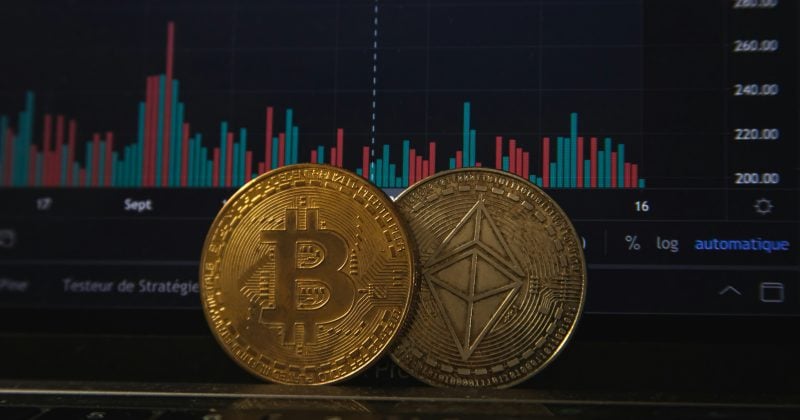The bear market of 2022 might come to an end soon, and we will likely see a small Bitcoin bull market in 2023 based on Bitcoin’s (BTC) 4-year cycle.
The details: As you probably already know, Bitcoin follows a 4-year cycle, which means that we must look 4 years back to predict how Bitcoin’s price will behave in the future.
The Bitcoin “4-year cycle” refers to the periodic increase and decrease in the price of Bitcoin that has occurred roughly every four years since the creation of the Bitcoin network. This cycle is influenced by a combination of factors, including block rewards halving, changes in market adoption, and the level of investor sentiment.
It is important to note that the relationship between halving and the price of Bitcoin is not a precise science, and many other factors can influence the price of Bitcoin over time. This cycle should not be taken as a guarantee of future performance, and it is always important for investors to carefully consider the risks involved in any investment.
In 2018 we had one of the worst bear runs to date. BTC lost about 84% of its value from its all-time high in 2017. The bear run ended in November 2018, and from then on, it started a period of consolidation, which lasted until April 2019.
We then had a bull run of 330%, from the bottom of the consolidation, until the rally’s peak at the end of June 2019. The rally only lasted 3 months. However, it was pretty explosive, and it gained momentum quickly. Finally, we had a bear run of about 50% from the peak of 2019 to the bottom in Mid-December 2019.
If history repeats itself, we could see a similar pattern in 2023. However, please note that the rally and subsequent bear market may have very different percentages than in 2019. That is because “history does not repeat itself, but it often rhymes”, meaning that while 2023 may be similar to 2019, it won’t be precisely the same. However, here is the most probable scenarios:
Last year (2022) was very similar to 2018; we had a severe bear market where BTC lost 77% of its value. If we are to follow Bitcoin’s historical pattern, it means that a consolidation will follow until April. This is an excellent time to scalp the market with range-bound indicators (like the RSI, Stochastics, etc.) since the price won’t be making any higher highs or lower lows.
We will then probably experience a bull run between April and May. However, it will likely not be a 330% rally but rather something around 160%, bringing us close to around $40,000. This is because Bitcoin is not as volatile as it used to be, and thus the rally will likely be significantly smaller.
Finally, a bear market will likely follow, bringing the price down to around $20,000.
A bull market is a market in which prices are rising or expected to rise. It is characterized by optimism, investor confidence, and increased buying, which drives prices higher. A bull market can be contrasted with a bear market, in which prices are falling or expected to fall. The term “bull market” is often used to describe a period in which crypto assets experience a sustained rise in value, while “bear market” refers to a period of falling prices.
During a bull market, the price of Bitcoin tends to rise, which can positively influence the costs of other cryptocurrencies. When the price of Bitcoin goes up, it can create a feeling of optimism and confidence in the market, which can also lead to increased demand for other cryptocurrencies. Additionally, the rise in the price of Bitcoin may also lead to increased coverage and interest in the market, which can further contribute to the demand for other cryptocurrencies. However, it’s important to note that the relationship between Bitcoin and other cryptocurrencies is complex and can vary. Many factors can influence the price of Bitcoin and other cryptocurrencies, and it’s difficult to predict how one will affect the other.
Bottom Line: Bitcoin has been following a 4-year cycle pretty rigorously, and if history is to repeat itself, we will have a consolidation until April, then a bull market from April to June, and finally a bear market from June to December.
















